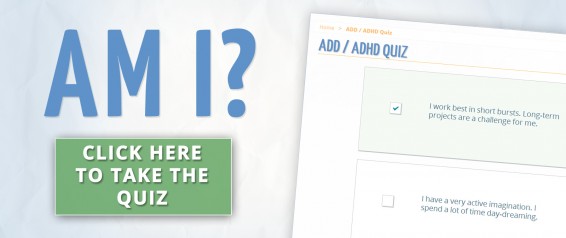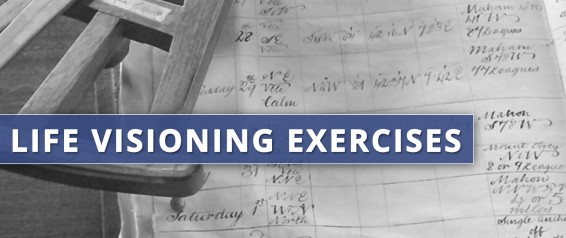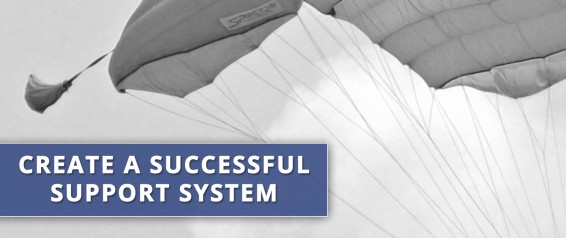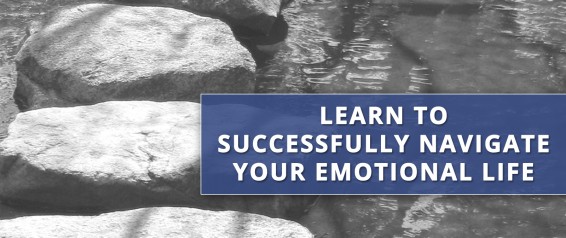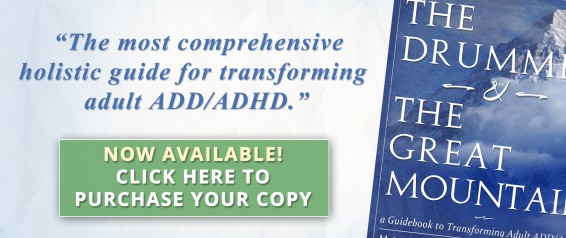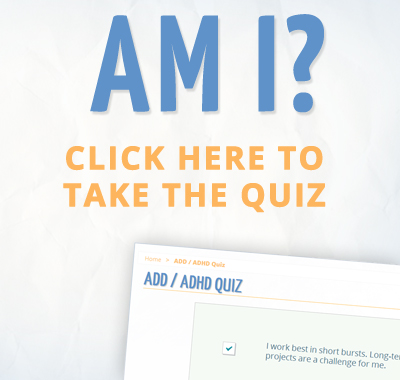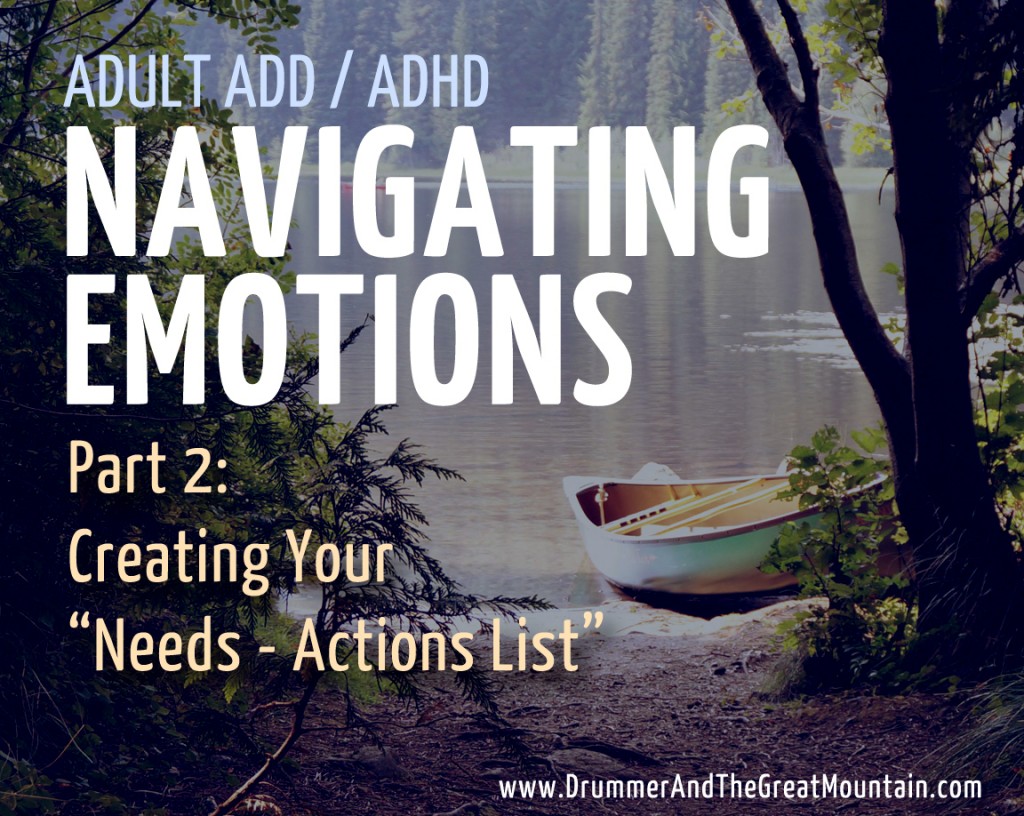The “Needs-Actions” List
For your entire life, your actions have been motivated by needs. Through getting clear on what specific actions have, in the past, met certain needs — you’ll have a map to work with.
A “needs-actions” list is like a menu. It’s a list of possible actions to meet certain needs.
The goal is to have a trusted list of actions you’ll repeat on a weekly/monthly basis that are effective in creating overall balance in your life. As these activities become habits, you’ll minimize those times when needs go chronically unmet for long periods of time, which always leads to emotional suffering of some kind.
What Is a “Doable” Action?
It’s important to make a distinction between a doable and non-doable action.
A doable action:
1. Is specific.
2. Does not involve an indefinite commitment.
3. Can ideally be undertaken in the moment, or in the very near future.
4. Can be accomplished within the means you currently have available to you. (money, time, etc.)
All this takes a bit of self-honesty.
For example, your challenge may be:
“I am constantly spending money on things I don’t really need. I wish I didn’t do this. It causes me so much suffering. It often happens when I’m out with friends. They want to go to expensive restaurants. I get caught up in it, and spend more than I intend to. I want more awareness around how I spend money.”
Needs: awareness, security, clarity
Non-doable action:
“I will meticulously save and review all of my receipts once a week from now on.”
One possible doable action:
“I will set up a reminder for myself on my computer calendar that says ‘think before spending!’ to pop-up on my phone every Friday afternoon, before I go out with friends.”
As you can see from the above example, the doable action is present-moment focused. It doesn’t involve an indefinite commitment, unlike the first example. It’s a simple action that can be taken right now. Because of this, it has a good chance of actually meeting the need(s).
Whether or not the action is actually effective should be tracked. If it didn’t work — if it didn’t meet the needs — try something else. If you stay with doable actions, eventually you’ll lock in on something that does work.
However, if you start with a non-doable action, odds are it won’t work and you’ll probably get down on yourself because you “failed” to make it happen. In a sense, you set yourself up for defeat before you even started.
If you stay with this practice of coming up with doable actions, your overall effectiveness in many areas of your life will increase.
Exercise: Creating a Needs-Actions List
Now that you have a bit more clarity in regards to the unmet needs in your life, the next step is to create a list of actions to potentially meet each need.
On a sheet of paper, or on your computer, create two columns. Label the first one “Needs”, and the other label “Actions.”
Start by writing your unmet needs in the “Needs” column. Leave some space below each one. Reference this chart for a list of possible needs. Next to each need, in the “Actions” column, make a list of doable actions that have (or may) meet this need.
Spend some time on this. Continue to refine it until you’ve gotten to some actions that feel both doable and potentially effective at meeting each need.
Consider this list a starting point. This list will change over time, as you move through your life. When you’re feeling “off” or “triggered,” review this list. See if you can identify some actions that would help you meet the needs that are currently alive. The goal — as with all the other exercises in this book — is effectiveness. If this specific process doesn’t quite work for you, adjust it to best suit you.
If nothing else, by going through this process of making a needs-actions list, you’ll most likely stumble upon a few insights that could make your life a bit more enjoyable.
This is an excerpt from the book The Drummer & The Great Mountain — A Guidebook to Transforming Adult ADD / ADHD — Chapter 7: “Navigating Emotions.”



